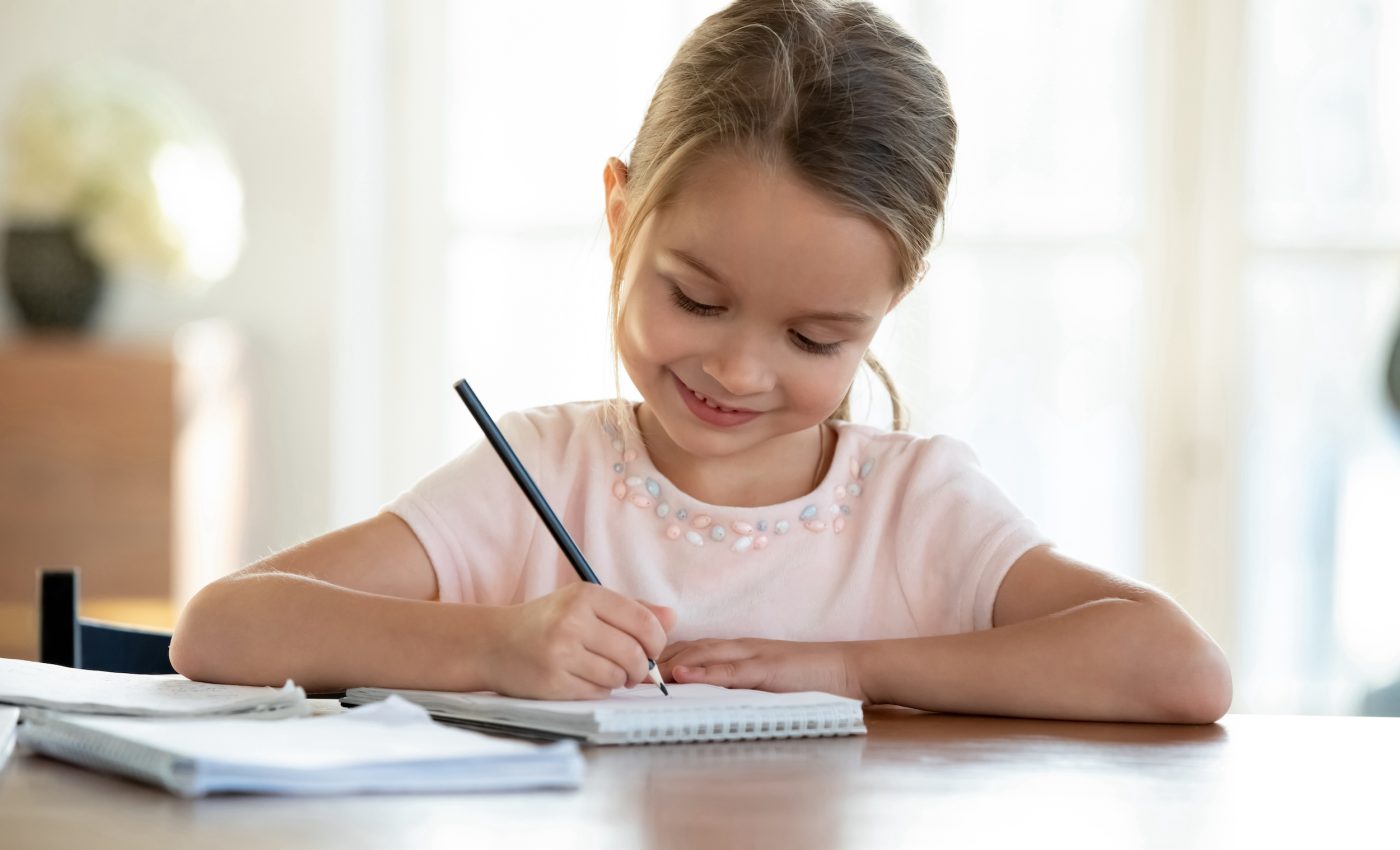
Handwriting practice leads to better literacy development
The practice of handwriting still plays a vital role in today’s classrooms, even as digital tools become more common in early education. From tablets to computer programs, children are growing up clicking buttons more often than they’re picking up pencils.
But when it comes to learning to read and write, does typing really help young learners the same way writing by hand does? A recent study from the University of the Basque Country (UPV/EHU) put this question to the test.
Manual writing versus keyboards
The researchers wanted to understand how using hands to form letters compares to tapping them out on a keyboard.
“As children write less and less by hand, we wanted to explore the impact of this on alphabetic and orthographic skills,” noted study co-author Joana Acha.
“In other words, we wanted to see whether the ability to learn letters and to assimilate and remember word structure develops differently through manual training or the use of keyboards. We concluded that the children who used their hands obtained the best results. “
Putting handwriting practice to the test
The research team worked with a group of 5- to 6-year-old children. This age was chosen because it’s the ideal time for developing early reading and writing skills.
The team designed an experiment where 50 children were introduced to unfamiliar letters and words. Specifically, they learned nine letters from the Georgian and Armenian alphabets, as well as sixteen made-up “pseudowords.”
“The aim was to use letters and words that were completely new to the children to make sure they were learning from scratch,” explained Acha.
“In fact, the studies carried out so far used the alphabets in the children’s culture, so it is not so easy to find out the extent to which they did not know the symbols presented.”
Copying letters and writing by hand
All of the children were taught the same content, but not in the same way. Half learned by copying the letters with a pencil. The other half typed them on a keyboard.
This design allowed the researchers to compare the role of what’s called the graphomotor function – how the physical act of writing shapes learning.
When children type, they don’t trace or shape the letters. Instead, they press a button and the letter appears. Writing by hand, however, requires a more active involvement with the form of each letter. Practicing handwriting requires a physical effort which seems to make a difference.
Testing the children’s literacy skills
“Once we had taught each group of children the new letters and words and trained them using one method, we submitted them to three tests to assess the knowledge acquired,” explained Acha.
“We measured their ability to identify, write and pronounce both the letters and the pseudowords, and the results clearly indicated that those who had practiced manually developed greater skill.”
“In particular, the difference was clear with the pseudowords; almost everyone who had learned on computer did not complete the exercises on letter sequences correctly. So our work confirms that the graphomotor function is essential in memorizing letters and word structures.”
Variety during handwriting practice
The study didn’t just look at handwriting versus typing. The researchers also examined how variety during practice affects handwriting and learning. Children in both the pencil and keyboard groups were split further.
In the handwriting group, one subgroup traced letters using dotted lines. The other copied freely without any guide. In the typing group, some children used the same font every time, while others worked with multiple fonts.
These differences allowed the researchers to study how consistent or varied visual and motor tasks shape learning outcomes.
Pencil or keyboard? Handwriting prevails
The results were telling. Handwriting always came out on top, regardless of tracing or freeform. But those who wrote freely performed even better than those who traced.
“So we concluded that while it helps children to have to trace in order to practice at first, once they’re able to make more or less small, precise movements, it’s advisable to move on to free writing,” noted Acha.
“However, what is most clear is the need to prioritize manual practice in the learning processes. They learn best from hand movements and so technological devices should only be used in a complementary way.”
What this means for the classroom
The takeaway is simple but important: children learn letters and word structures better when they use their hands. While typing has its place, it shouldn’t replace handwriting – especially early on.
Letting kids trace letters at first can help them get started. But giving them room to write freely without constraints may lead to even better outcomes.
The goal isn’t to remove technology from classrooms, but to be more intentional about when and how it’s used. Writing by hand should still be the first step in learning to read and write.
The full study was published in the journal Journal of Experimental Child Psychology.
—–
Like what you read? Subscribe to our newsletter for engaging articles, exclusive content, and the latest updates.
Check us out on EarthSnap, a free app brought to you by Eric Ralls and Earth.com.
—–













